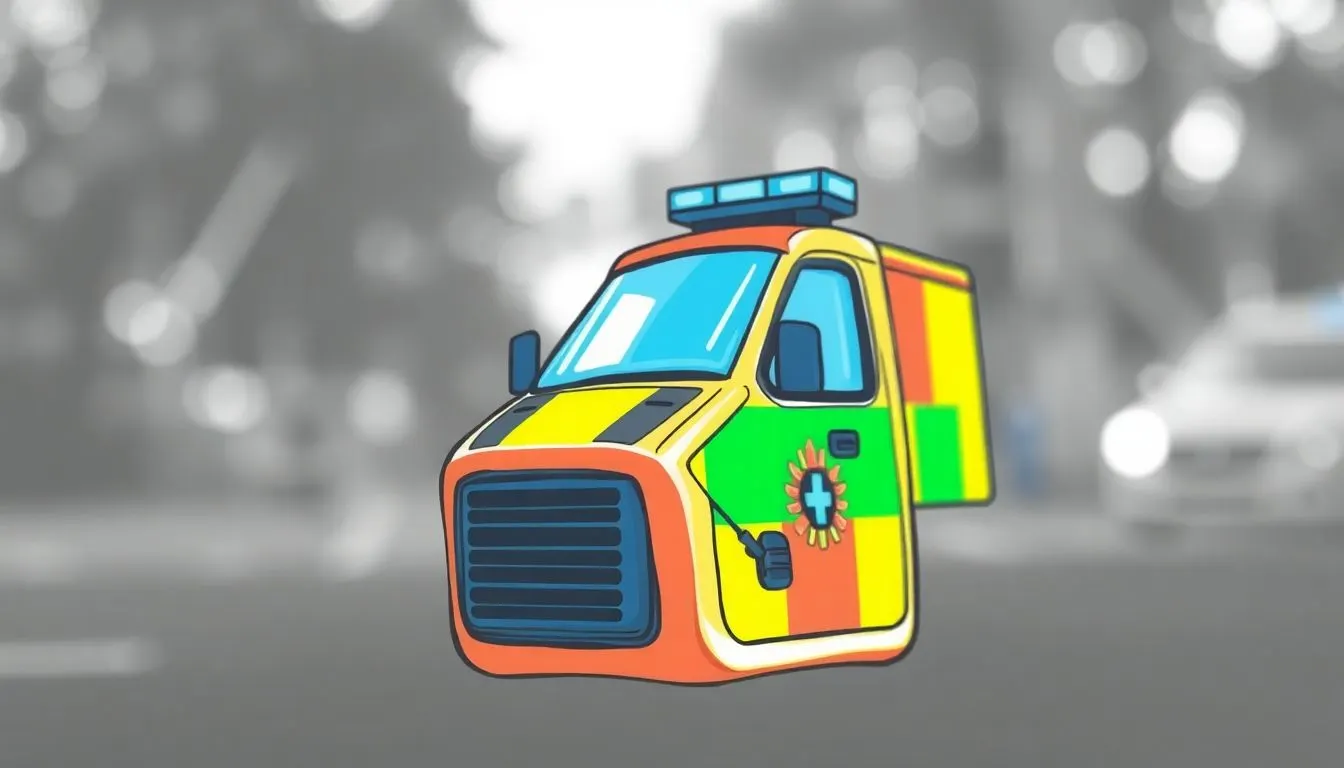How to Create an Emergency Communication Plan for Your Family
To create an emergency communication plan, list all family members’ contact information and designate meeting points. Choose an out-of-town contact to relay messages.
Establish preferred communication methods like phone, text, or social media. Share the plan with everyone and practice regularly. Ensure all members know emergency numbers and have access to necessary devices for swift, coordinated responses during crises.

Stay Connected: How to Create an Emergency Communication Plan for Your Family




How to Create an Emergency Communication Plan for Your Family
Emergencies can strike at any time, often without warning. Whether it’s a natural disaster like a hurricane, earthquake, or wildfire, or a man-made crisis such as a power outage or a security threat, having a well-thought-out emergency communication plan is essential for keeping your family safe and connected. An emergency communication plan ensures that everyone knows how to reach each other, where to go, and what to do during a crisis. Here’s a step-by-step guide on how to create an effective emergency communication plan for your family.
1. Assess Your Family’s Needs and Risks
Start by evaluating the types of emergencies most likely to affect your area. For example, if you live in a coastal region, hurricanes might be a primary concern, whereas those in earthquake-prone zones should prepare accordingly.
Also, consider the specific needs of your family members, such as young children, elderly relatives, or those with disabilities. Understanding these factors will help tailor your communication plan to your family’s unique situation.
2. Designate Emergency Contacts
Identify key contacts that every family member should know. This includes: An out-of-town contact: Since local phone lines may be overloaded during an emergency, having someone outside your immediate area as a point of contact can be crucial.
Neighbors or close friends: People who can provide immediate assistance if needed. Emergency services: Local police, fire department, and medical facilities. Make sure everyone memorizes these numbers and keeps a written copy in their wallets or backpacks. Consider creating a contact list that includes phone numbers, email addresses, and social media handles.
3. Choose Communication Methods
In a crisis, traditional phone lines and cell service may be disrupted. Plan for multiple ways to communicate: Cell phones: Text messaging often works better than calls when networks are congested.
Social media: Platforms like Facebook and Twitter can provide updates and allow family members to check in.
Emergency apps: Apps such as FEMA, Red Cross, or local emergency alert systems can provide real-time information.
Two-way radios: For short distances, walkie-talkies or ham radios can be effective. Make sure all family members know how to use these tools.
4. Establish Meeting Places
Decide on safe, easy-to-find meeting spots where your family can gather if you are separated or need to evacuate: Primary location: A place near your home where everyone can meet immediately after an emergency.
Secondary location: A spot outside your neighborhood or town in case the primary location is unsafe or inaccessible. Share these locations with everyone and practice getting there to ensure familiarity.
5. Create a Family Emergency Information Sheet
Prepare a document that includes: Emergency contacts Medical information (allergies, medications, conditions) Insurance information Important documents (copies of IDs, passports, etc.)
Distribute copies to all family members and store one in a safe, easily accessible place.
6. Practice and Review Your Plan Regularly
An emergency communication plan is only effective if everyone knows it well. Conduct regular drills to practice communication methods and meeting points. Review and update the plan at least once a year or whenever there are changes in contact information or family circumstances.
7. Prepare for Special Needs
If your family includes members with special needs, such as infants, elderly, or disabled individuals, incorporate their requirements into your plan. This might include extra medications, mobility aids, or specific communication devices.
Conclusion
Creating an emergency communication plan for your family is a vital step toward ensuring safety and peace of mind during unexpected situations. By assessing risks, designating contacts, choosing communication methods, establishing meeting places, and practicing regularly, your family will be better prepared to stay connected and respond effectively when emergencies occur. Taking these proactive steps today can make a significant difference in protecting your loved ones tomorrow.
Copyright by PreparationCentral.com. All rights reserved.
This site is not a part of the Youtube website or Youtube Inc. Additionally, This site is NOT endorsed by Youtube in any way. YOUTUBE is a trademark of YOUTUBE, Inc.
